-
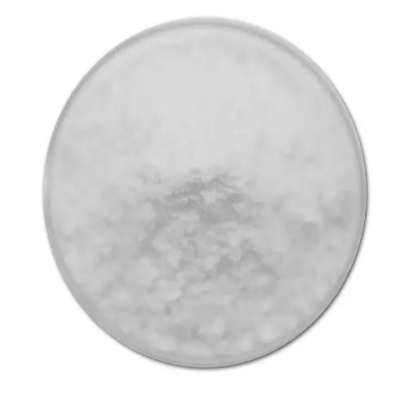
1,1-Difluoroacetone CAS:431-05-0
1,1-Difluoroacetone is an organic compound recognized for its volatile nature and pungent odor. It bears the chemical formula C3H4F2O and is derived from acetone by replacing two hydrogen atoms with fluorine atoms (-F). This alteration imparts specific properties to 1,1-difluoroacetone, making it useful in various industrial applications. The compound is particularly esteemed for its role as a precursor in the synthesis of pharmaceuticals, agrochemicals, and specialty chemicals due to its unique chemical reactivity and stability.
-

1,3-Difluoroacetone CAS:453-14-5
1,3-Difluoroacetone is a significant chemical compound renowned for its unique molecular structure and diverse applications across various industries. With the chemical formula C3H4F2O, it is characterized by the presence of two fluorine atoms attached to a ketone functional group. This compound is synthesized through the fluorination of acetone, resulting in a volatile liquid with distinctive chemical properties. 1,3-Difluoroacetone is valued for its role as a precursor in organic synthesis and its potential applications in pharmaceuticals, agrochemicals, and materials science due to its reactive nature and specific molecular attributes.
-
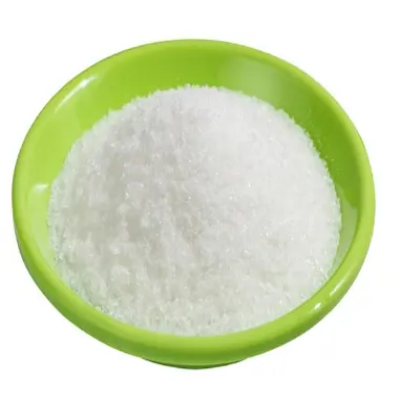
2,2,2-TRIFLUOROETHYL TRIFLUOROACETATE CAS:407-38-5
2,2,2-Trifluoroethyl trifluoroacetate (TFETA) is a notable chemical compound recognized for its unique molecular structure and versatile applications in various industrial sectors. With the chemical formula C4H3F6O2, TFETA is characterized by the presence of both trifluoroethyl and trifluoroacetate moieties. This compound is synthesized through esterification of trifluoroacetic acid with 2,2,2-trifluoroethanol, resulting in a colorless liquid with a high boiling point and remarkable chemical stability. TFETA is valued for its role as a fluorinated building block in organic synthesis, particularly in the production of specialty chemicals, pharmaceutical intermediates, and materials requiring enhanced chemical resistance and stability.
-
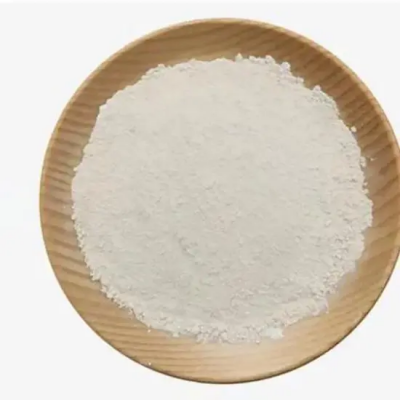
Calcium trifluoromethansulphonate CAS:55120-75-7
Calcium trifluoromethanesulfonate, also referred to as trifluoromethanesulfonic acid calcium salt, is a significant chemical compound recognized for its crystalline solid form and specific chemical properties. With the chemical formula CF3SO3Ca, it is derived from trifluoromethanesulfonic acid through neutralization with calcium hydroxide. This transformation imbues calcium trifluoromethanesulfonate with distinct characteristics that are highly valued in various industrial applications. The compound is particularly noted for its effectiveness as a catalyst in organic synthesis, leveraging its solubility in polar solvents and stability under rigorous reaction conditions.
-
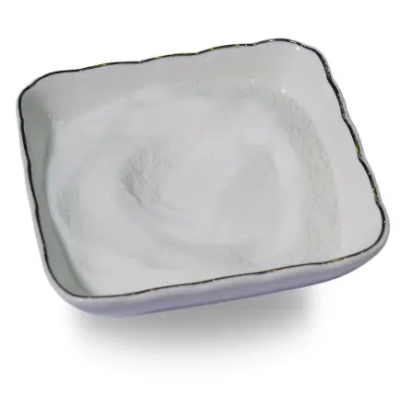
AMMONIUM TRIFLUOROACETATE CAS:3336-58-1
Ammonium trifluoroacetate (ATA) is a notable chemical compound known for its distinctive molecular structure and versatile applications across various industries. With the chemical formula CF3COONH4, ATA consists of an ammonium ion (NH4+) linked to a trifluoroacetate anion (CF3COO-). This compound is synthesized through the reaction between trifluoroacetic acid and ammonium hydroxide, resulting in a water-soluble crystalline solid at room temperature. ATA is valued for its role as a precursor in organic synthesis, a catalyst in chemical reactions, and as an additive in various industrial processes due to its stability, solubility, and unique chemical properties.
-
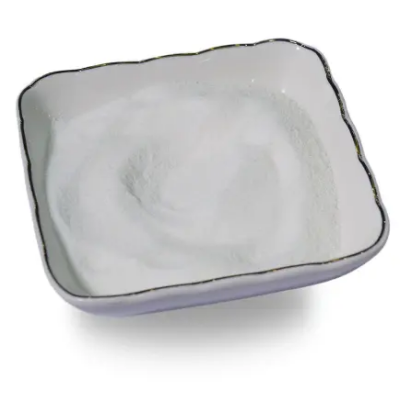
hexafluoroisopropyl methyl ether CAS:13171-18-1
Hexafluoroisopropyl methyl ether, also known as HFIPME, is a significant organic compound valued for its unique chemical properties and applications across various industries. It possesses the chemical formula C4H5F6O and is characterized by its volatile nature and relatively low boiling point. This compound is derived from isopropyl methyl ether by replacing hydrogen atoms with fluorine atoms (-F), thereby enhancing its stability and reactivity in chemical processes. Hexafluoroisopropyl methyl ether finds utility as a solvent, particularly in organic synthesis and polymer chemistry, owing to its excellent solvating ability and compatibility with a wide range of organic substances.
-
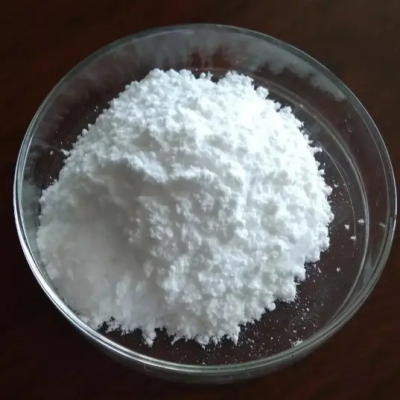
(R)-(+)-1-(1-Naphthyl)ethylamine CAS:3886-70-2
(R)-(+)-1-(1-Naphthyl)ethylamine is a chiral organic compound commonly abbreviated as (R) -nea. Its molecular structure consists of a naphthalene group and an ethylamine group. It is a compound with a stereoisomer that is commonly used as a chiral inducer or catalyst in organic synthesis.
-
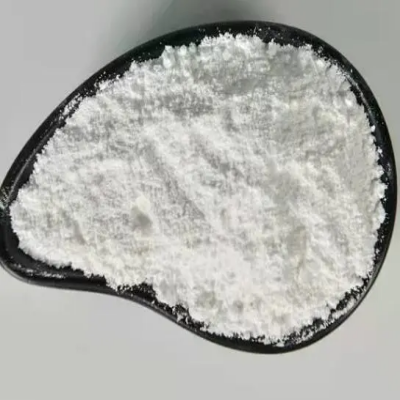
(S)-1-Boc-3-hydroxypiperidine CAS:143900-44-1
(S) -1-Boc-3-hydroxypiperidine is a chemical compound with the molecular formula C12H23NO4. It is a derivative of piperidine containing a tert-butoxycarbonyl (Boc) protecting group and a hydroxy group.
-
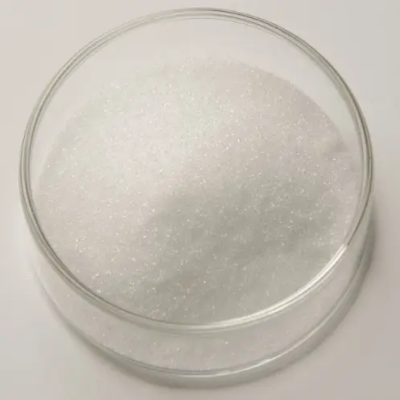
5-Bromo-2-chlorobenzoic acid CAS:21739-92-4
5-Bromo-2-chlorobenzoic acid, also known as 2-bromo-5-chlorobenzoic acid, is a chemical compound with the molecular formula C7H4BrClO2. It is a derivative of benzoic acid, containing both bromine and chlorine atoms.
-
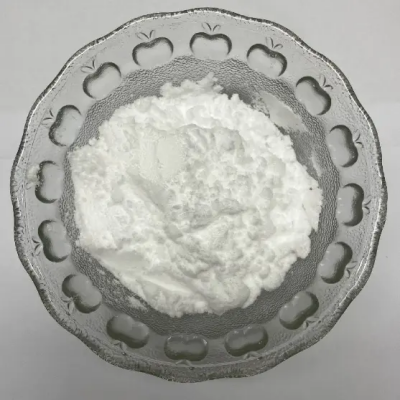
1-(4-Amino-2-methylbenzoyl)-7-chloro-1,2,3,4-tetrahydro-5H-1-benzazepin-5-one CAS:137977-97-0
1-(4-Amino-2-methylbenzoyl)-7-chloro-1,2,3,4-tetrahydro-5H-1-benzazepin-5-one is a chemical compound with the molecular formula C21H22ClN2O2. It belongs to the class of benzazepines and features a benzoyl group, a chlorine atom, and an amino-methyl group in its structure.
-
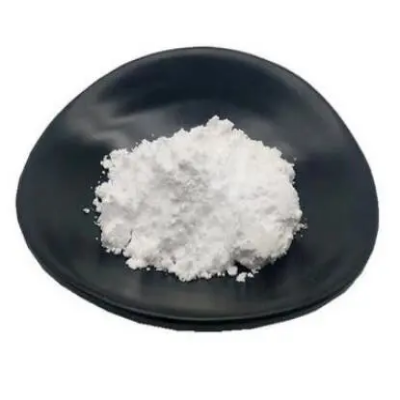
3-(3′-TRIFLUOROMETHYL PHENYL) PROPANOL CAS:78573-45-2
3-(3-trifluoromethylphenyl)propionic acid (TFMPA) is an organic compound with the formula C10H9F3O2. It is a white solid, commonly used as a drug intermediate and raw material for organic synthesis. TFMPA, which can be synthesized by the reaction of aromatic carboxylic acid and hydrofluoric acid, is a common drug intermediate.
-
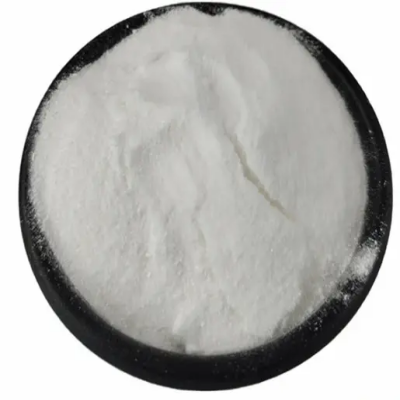
(2R,3S/2S,3R)-3-(4-Chloro-5-fluoro-6-pyrimidinyl)-2-(2,4-difluorophenyl)butan-2-ol hydrochloride CAS:188416-35-5
(2R,3S/2S,3R)-3-(4-Chloro-5-fluoro-6-pyrimidinyl)-2-(2,4-difluorophenyl)butan-2-ol hydrochloride is a chemical compound with a complex structure containing a pyrimidine ring, difluorophenyl group, and butanol moiety, often utilized in pharmaceutical research and drug development.

